George Avakian’s Passion For Jazz and Music Industry Firsts
George Avakian was a music industry mogul best known as the driving force behind the popularization of concept albums, standardizing long-playing vinyl records, and modern jazz. He never intended to work in the music industry. His career developed from an obsession with jazz in his youth—the kind of obsession typically found during adolescence when brain synapses are at their most fiery and music sounds and feels magical. Avakian’s passion for jazz led to a career that didn’t exist in his teens. To quote Mark Twain, “Find a job you enjoy doing, and you’ll never have to work a day in your life.” George Avakian’s road to success epitomized Twain’s theory and his story is truly inspiring.
The Beginning
George Mesrop Avakian was born on March 15, 1919, to Armenian parents in the Soviet Union. In 1923 the family emigrated to the United States and lived in the Riverdale section of the Bronx in New York. Being the oldest of three, George was expected to take over the family’s Persian rug business but was sidetracked after becoming interested in jazz and swing music. The rhythms excited him and were reminiscent of the Armenian folk records his parents listened to.
Avakian was an avid record collector and became frustrated at the lack of information about the performers. Outside of magazines like Metronome and Downbeat, not much was written about jazz in the United States in the 1930s. The jazz discography titled Hot Discography compiled by the French writer, Charles Delunay was his most prized possession.
Delunay founded the organization The Hot Club de France, which was dedicated to the promotion of traditional jazz, swing, and blues. Hot Jazz Discography was considered the bible for jazz and was the leading resource for learning about important popular musicians like Louis Armstrong, The Casa Loma Orchestra, Fats Waller, Duke Ellington, and Benny Goodman.

Call Number:*L (Delaunay, C. Hot discography. Paris, 1936)
George Avakian Interviews Benny Goodman – Becomes An Authority On Swing
In the 1930s, Benny Goodman co-hosted a Saturday night radio program called “Let’s Dance.” Avakian, who was attending the Horace Mann High School and editor of the school newspaper, The Horace Mann Record, thought “How can I get to Goodman?”
The answer: Interview him for the school newspaper!
By chance, the mother of one of Avakian’s classmates had a connection at the Pennsylvania Hotel where Goodman was performing. A message was relayed and Goodman agreed to have “a kid” interview him for his school paper. At 17 years old, George Avakian interviewed one of the biggest names in music.
The interview, titled “Benny Goodman King of Swing Enjoyed Long Career before new Style in Modern Music brought him Fame,” was well received at the Horace Mann School. It inspired a freshman named Jack Kerouac (yes, THAT Jack Kerouac), who interviewed Avakian in 1939, labeling him an “authority on swing.” The interview also put Avakian on the radar of other jazz music authorities.
The first was Lester Koeing who was the older brother of a Horace Mann classmate that worked in radio and later founded the jazz record label Contemporary Records. Koeing is responsible for introducing Avakian to “real” jazz records produced by Okeh and other labels that produced “Race records,” which were records of all genres produced and marketed specifically for African Americans between the 1920s and 1940s. Few outside of the African American community knew they existed.

Call Number-*LC G18 83-801
Avakian searched for these records but they were out of print because Okeh had gone bankrupt and was bought out by the American Record Corporation (ARC) and Decca Records, who owned the master recordings. Avakian saw that the labels weren’t doing anything with the recordings and began an aggressive letter-writing campaign to lobby for the reissue of Okeh jazz records.
Another early mentor for Avakian was the great jazz critic and writer, Marshall Stearns. The two met at Yale University in 1937 when Avakian was a freshman, and Stearns was a young Ph.D. student who shared his world-class record collection with fellow jazz enthusiasts. Stearns, who later founded the Institute of Jazz Studies, wrote for several jazz publications, including a column for Tempo Magazine called Collectors Corner, which Avakian took over for Stearns when he graduated from Yale.
Chicago Jazz
While still at Yale, Avakian received a promising reply from Decca Records to one of his letters. Their response was “We’re not exactly sure what that would be but since you seem to know what you’re talking about – go for it!“ And somehow, this major record label allowed a 20-year-old college student with no prior experience to produce a jazz album. The album, titled Chicago Jazz, was released in 1940 and featured Eddie Condon, Jimmy McPartland, and George Wettling, who were jazz legends based in Chicago and instrumental in the early popularity of the genre.
Avakian produced the kind of jazz album he dreamt of as a teenager. The multi-disc 78rpm with extensive annotations about the musicians set the bar for packaging and marketing jazz music, and Chicago Jazz became the very first jazz album.
Hot Jazz Classics
Shortly after recording Chicago Jazz, Avakian was approached by a Columbia Records executive named John Hammond who knew of Avakian from his work with Tempo Magazine. Hammond invited Avakian to a meeting with the President of the label, Edward Wallerstein. Columbia Records, who acquired the ARC and the Okeh masters, wanted to launch a re-issue project to cash in on the popularity of swing and renewed interest in jazz. During the meeting, the executives had an intern read a random letter from a fan about the importance of re-issuing classic jazz records. Ironically, the letter was written by Avakian, who was then hired to run the Columbia Records Hot Jazz Classics Series. The first Hot Jazz Classic was also released in 1940 and dedicated to one of Avakian’s all-time favorite musicians, Louis Armstrong.
Enjoying the Record Business!
Over the next year, Avakian graduated from Yale and enlisted in the United States Army to serve in World War II. He continued writing for several jazz publications during his service and produced a jazz radio program for the Office of War Information after being recalled to the states for special training.
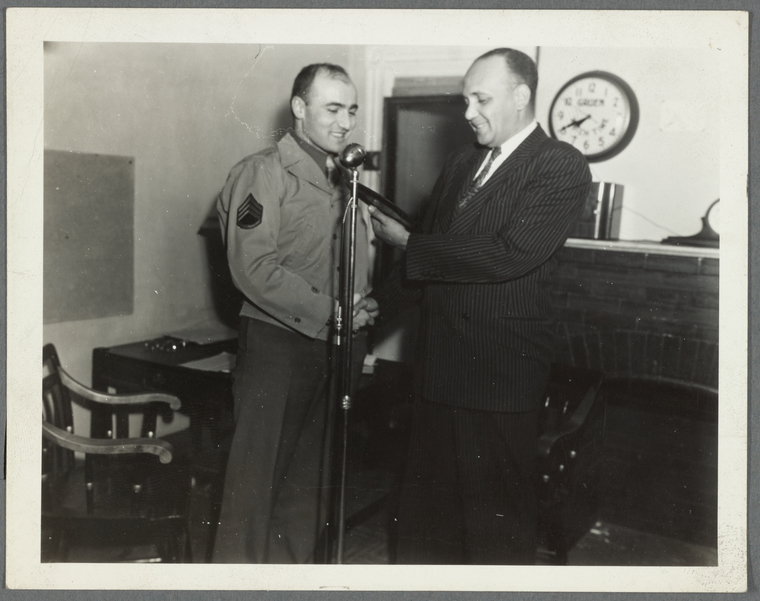
The music business was fun for Avakian but he still hadn’t seriously considered a career as a producer. When he was discharged in 1946, Wallerstein contacted him about running the newly formed Columbia Records Popular Music Department to reward him for graduating from college and coming back from the war “in one piece.”
“Enjoy yourself in the record business,” Wallerstein said. Avakian was still in line to run the family business but his father told him to take his time. The business would be waiting for him when he was ready to “get serious” about life. Avakian never got serious and went on to become a record-industry powerhouse whose vision and creativity lead to numerous industry firsts.
In addition to being the first to produce a jazz album, some of Avakian’s other firsts include:
-
Producing Benny Goodman at Carnegie Hall in 1950—the first double vinyl LP album and the first live album to sell 1 million copies
-
Signing Miles Davis in 1955 and crafting the image that made Davis the first superstar of jazz

-
Reviving the careers of the jazz legends and heroes of his youth, Duke Ellington and Louis Armstrong
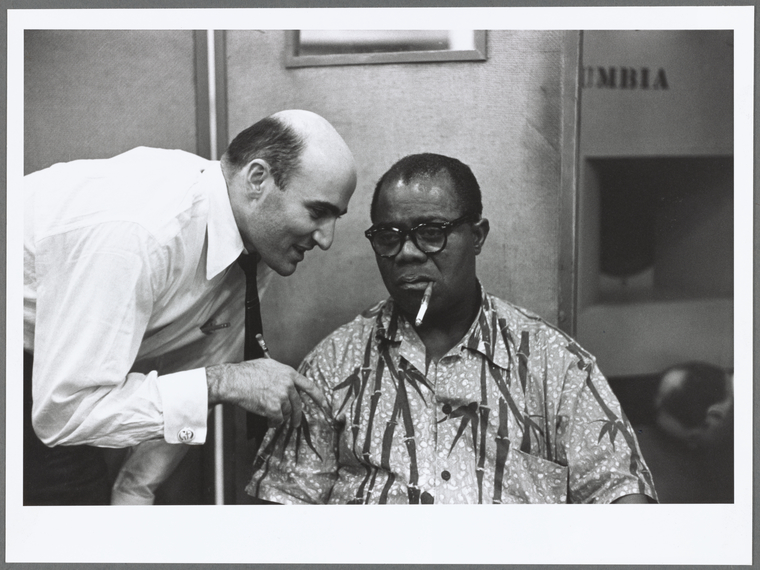
-
Co-founding the National Association of Recording Arts and Sciences (NARAS) in 1957, most widely known for their annual presentation of the Grammy Awards
-
Co-founding Warner Brothers Records in 1958
-
Producing The Button-Down Mind of Bob Newhart, which became the first comedy album to win a Grammy Award for Best Album in 1960
These accomplishments are only a sample of the impact George Avakian had on the music industry before retiring in the 1970s. Avakian continued to be active in the music industry well into the 2000s as a manager, consultant, and jazz scholar. In 2017, George Avakian passed away, at the age of 98, with his dreams manifested and a solid legacy.

The Music & Recorded Sound Division at the New York Public Library for the Performing Arts is honored to have both the paper and audiovisual collections for the late music industry executive George Avakian, and his wife, violinist, Anahid Ajemian, which are available for free with a New York Public Library Card.
Read E-Books with SimplyE
 With your library card, it's easier than ever to choose from more than 300,000 e-books on SimplyE, The New York Public Library's free e-reader app. Gain access to digital resources for all ages, including e-books, audiobooks, databases, and more.
With your library card, it's easier than ever to choose from more than 300,000 e-books on SimplyE, The New York Public Library's free e-reader app. Gain access to digital resources for all ages, including e-books, audiobooks, databases, and more.
If you don’t have an NYPL library card, New York State residents can apply for a digital card online or through SimplyE (available on the App Store or Google Play).
Need more help? Read our guide to using SimplyE.
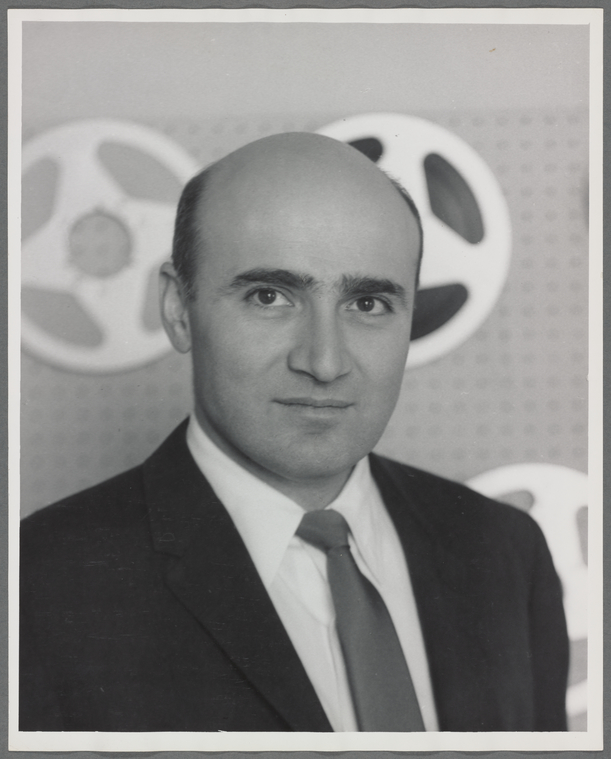



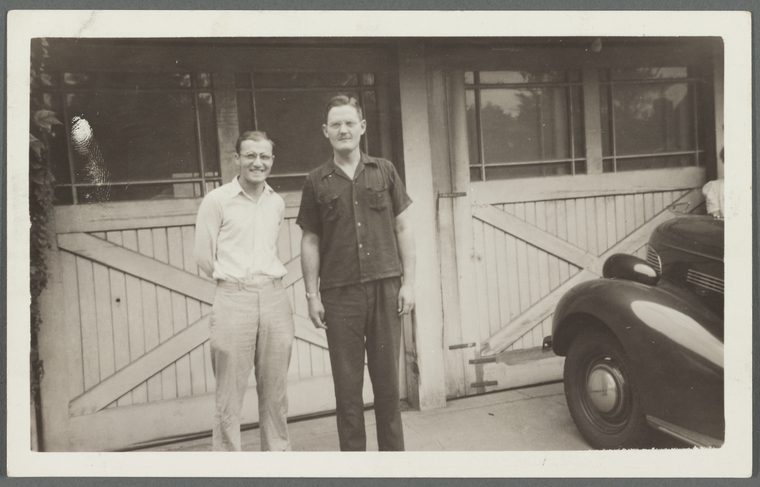
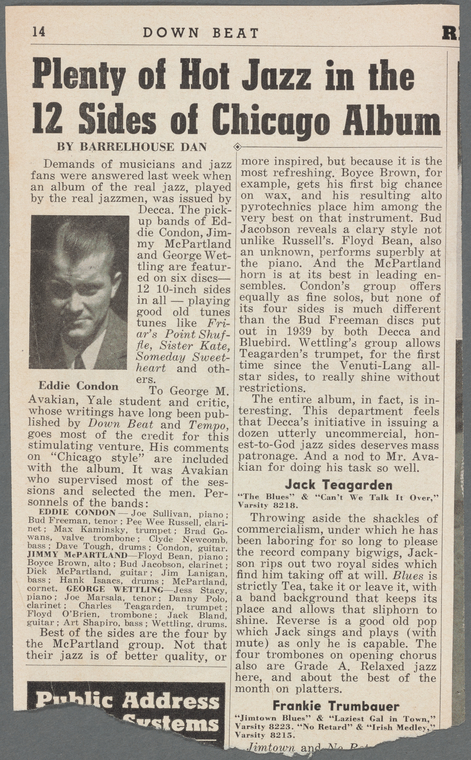

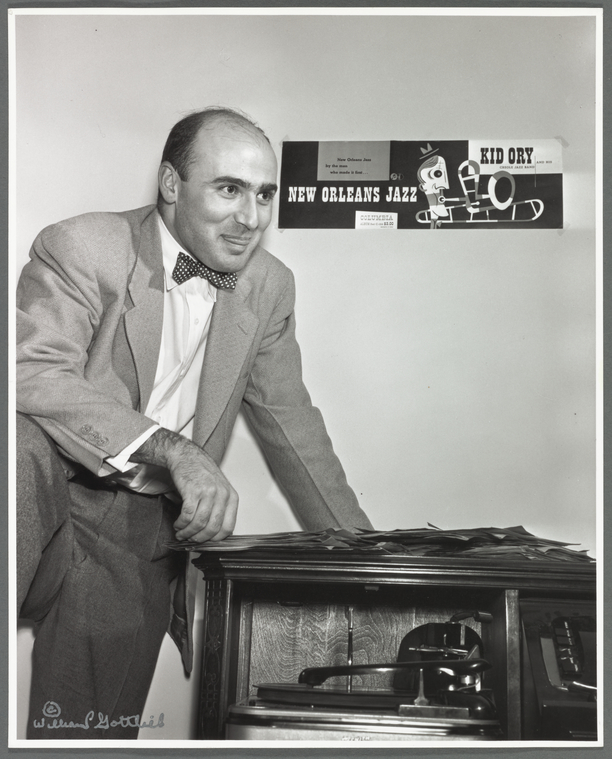
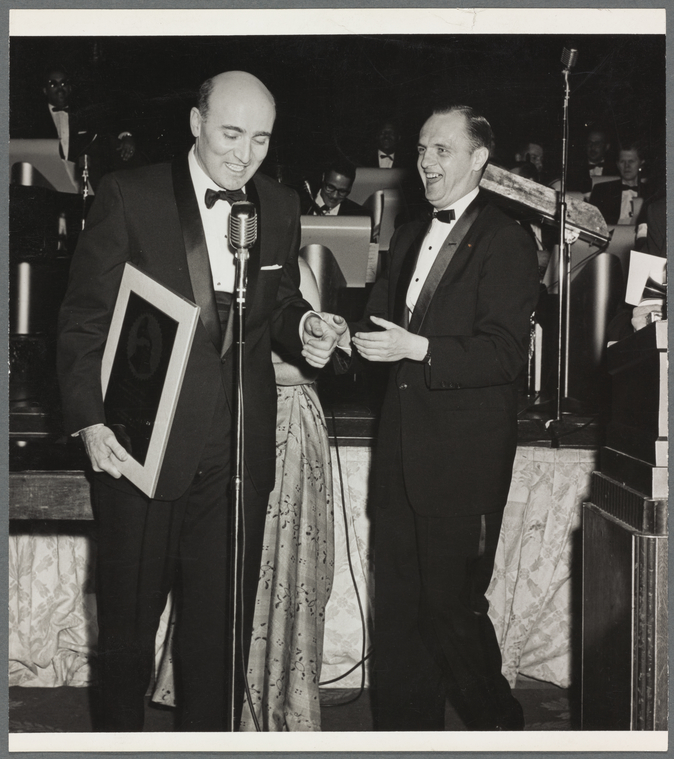
Comments
Wonderful story about George!
Submitted by Anahid Avakian Gregg (not verified) on April 16, 2020 - 3:29pm
Newport Jazz Festival + George Avakian
Submitted by Didi Lorillard (not verified) on October 5, 2020 - 12:52pm